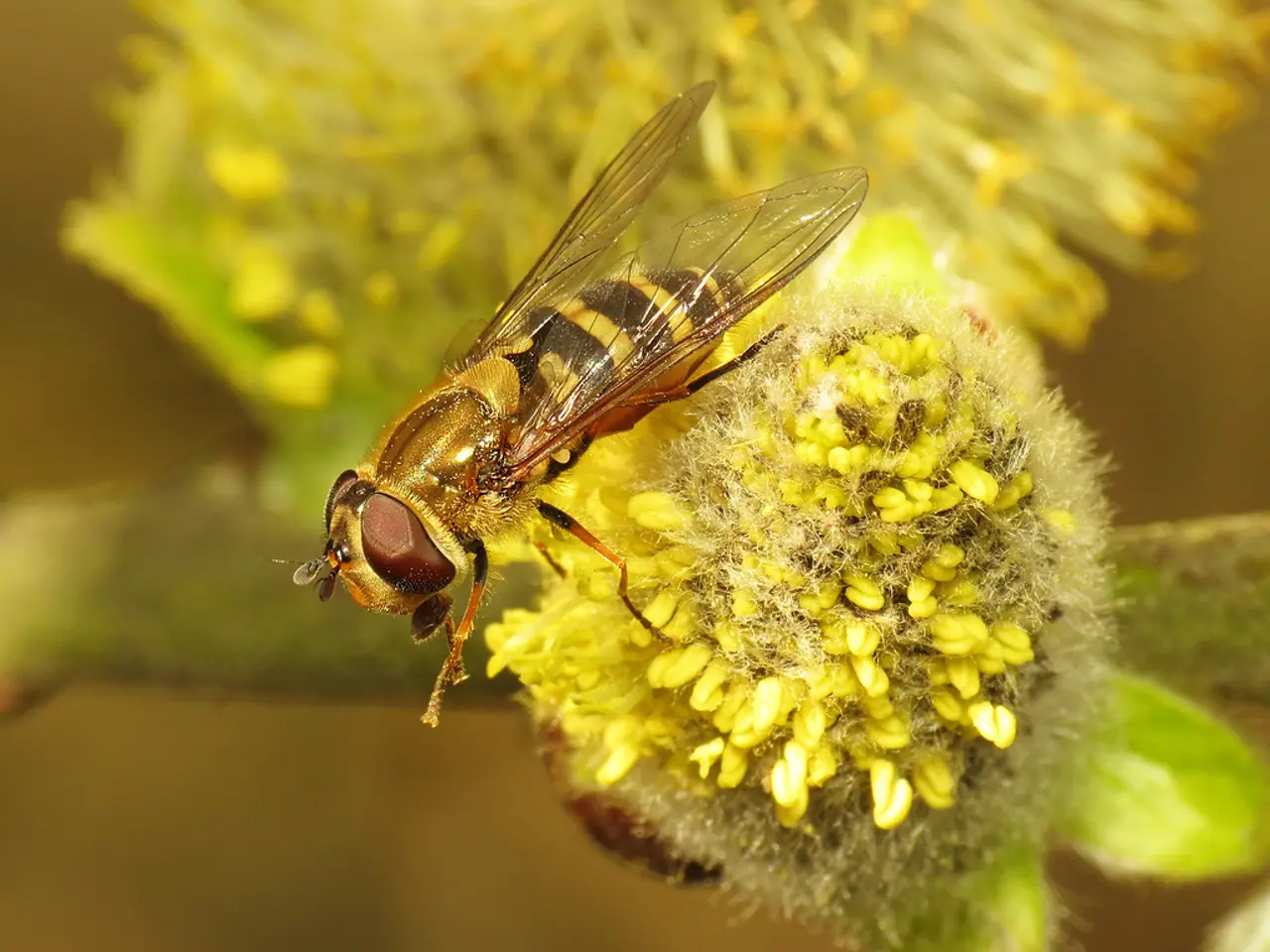Instruction Manual for Cultivating Beets for Novices
Growing and Harvesting Delicious Beets in Containers
Beets, with their vibrant colours and earthy flavours, make an excellent addition to any container garden. Here's a guide to help you grow and harvest these versatile root vegetables successfully.
Choosing the Right Container
A deep container, at least 12 inches deep and wide enough for root development, is ideal for growing beets. Fabric pots with trays or deep plastic pots with drainage holes work well. To prevent waterlogging, ensure proper drainage. Self-watering containers or adding a water reservoir like pea straw at the base can help maintain moisture levels.
Selecting the Right Soil
Use a loose, well-draining potting mix enriched with compost or organic matter. Adding materials like perlite, pumice, or peat moss improves drainage and moisture retention. Avoid heavy garden soil or topsoil as they can suffocate roots.
Providing the Right Conditions
Beets need at least 6 hours of direct sunlight daily for best root and foliage growth. Some shade is tolerable but may reduce yield or slow growth. Maintain consistent soil moisture but not soggy conditions. About 1 inch of water per week is recommended, which may mean watering twice daily in hot or dry conditions since container soil dries out faster.
Fertilizing Beets
Beets do not require heavy feeding. Use a balanced, water-soluble fertilizer or organic fertilizer sparingly—typically every 4-6 weeks or only when foliage looks dull. Overfertilizing encourages leaf growth over root development.
Growing and Harvesting Different Varieties
Growing tips for different beet types (such as red, golden, or striped varieties) do not differ substantially regarding container needs, soil, water, or light. Thinning seedlings after germination (spacing 2-3 inches apart) helps ensure adequate room for root growth and avoids crowding.
Harvesting Beets
Beets can be harvested when they reach one inch in diameter for baby beets or when the root tops are at least 1-1 1/2 inches in diameter, no more than 3 inches in diameter for mature beets. Leaving 1-2 inches of stems attached when harvesting larger beets prevents staining or "bleeding."
Caring for Beets in Cooler Temperatures
Beets thrive in cool temperatures, with day time temperatures around 60-70 degrees and night time temperatures around 50-60 degrees. They can survive at sustained temperatures of 30 degrees Fahrenheit but should not be left out for prolonged periods of time if the temperature dips below 50 degrees Fahrenheit.
Storing Beets
Beets can be stored in a box of sand in a cool place like a basement or root cellar, or by trimming the greens, leaving 1-2 inches of stem, and storing them in a plastic bag in the refrigerator for up to 2 weeks.
Nutritional Benefits of Beets
Beets are packed with nutrients, containing more iron than spinach and being high in fibre, vitamin A, and vitamin C.
Growing Beets from Scraps
An interesting fact is that beets can be grown from beet scraps by placing the top portion of a beet in water and changing the water every few days.
Growing Beets Throughout the Year
Beets can be grown for much of the year, especially in early spring, late summer, and early to late fall. A classic variety, Detroit Dark Red, matures in 60 to 65 days, while Bull's Blood, an heirloom beet with dark maroon leaves, can be harvested in as little as 35 to 40 days for greens.
Enjoying Your Beet Crop
Gardeners can start enjoying their beet crop at the first thinning. During the thinning process, leafy greens of beets can be cut for fresh salads. Beets can be harvested for their leafy greens and roots.
Thinning for Optimal Growth
Thinning is used to maximize germination, production, and overall quality of beets. It involves removing some seedlings to give the remaining ones more space to grow, ensuring a healthier and more productive crop.
This approach provides both edible roots and tender leafy tops, suitable for container gardening even in limited space or no traditional yard settings. Happy gardening!
- For a successful container gardening project, consider gardening kits that include essential components like a suitable container and potting mix.
- When hosting a dinner party, impress your guests with unique recipes that incorporate home-grown beets as a key ingredient in various food-and-drink dishes.
- As gardening becomes an integral part of your lifestyle, consider experimenting with fashion-and-beauty elements like incorporating potted plants into your home decor or wearing a statement piece adorned with flowers from your garden.
- To make the most of your container gardening hobby, keep track of your favourite gardening practices and newfound recipes in a specially designed notebook for your home-and-garden interests.




